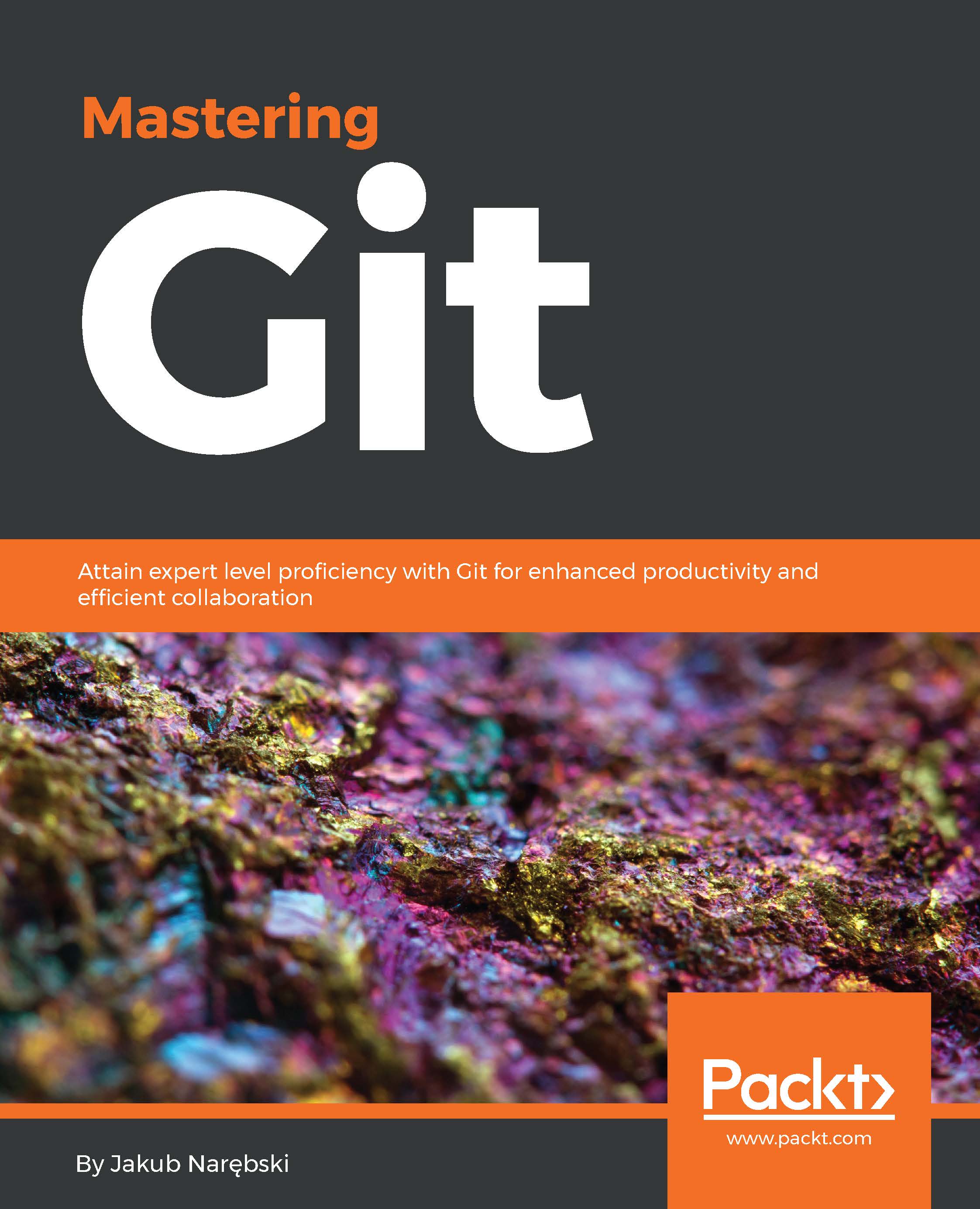-
Book Overview & Buying

-
Table Of Contents

Mastering Git
By :

Mastering Git
By:
Overview of this book
 Free Chapter
Free Chapter
 Sign In
Start Free Trial
Sign In
Start Free Trial

 Free Chapter
Free Chapter
There are various levels of engagement when using a version control system. One might only be interested in using it for archaeology. Chapter 2, Exploring Project History, will help with this. Of course, examining project's history is an important part of development, too.
One might use version control for your private development, for a single developer project, on a single machine. Chapter 3, Developing with Git, and Chapter 4, Managing Your Worktree, show how to do this with Git. Of course, your own development is usually part of a collaboration.
But one of the main goals of version control systems is to help multiple developers work together on a project, collaboratively. Version control makes it possible to work simultaneously on a given piece of software in an effective way, ensuring that their changes do not conflict with each other, and helps with merging those changes together.
One might work on a project together with a few other developers, or with many. One...

Change the font size
Change margin width
Change background colour